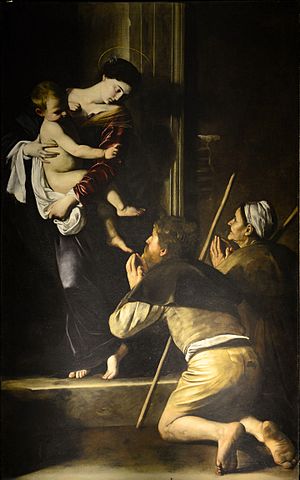I spent most of yesterday sleeping just long enough to wake up needing more sleep but not being able to get it--and staying awake just long enough to get nothing done. I guess that's normal after crossing a few time zones.
Anyway, I am going to take a ride today. I haven't decided where just yet. Maybe I'll just get on my bike and let it decide, as I sometimes do.
One thing I must say, though, is that the streets here seem so wide after pedaling through passages like this:
Will my ride make me happy to be home again--or miss Italy? Probably both!
































